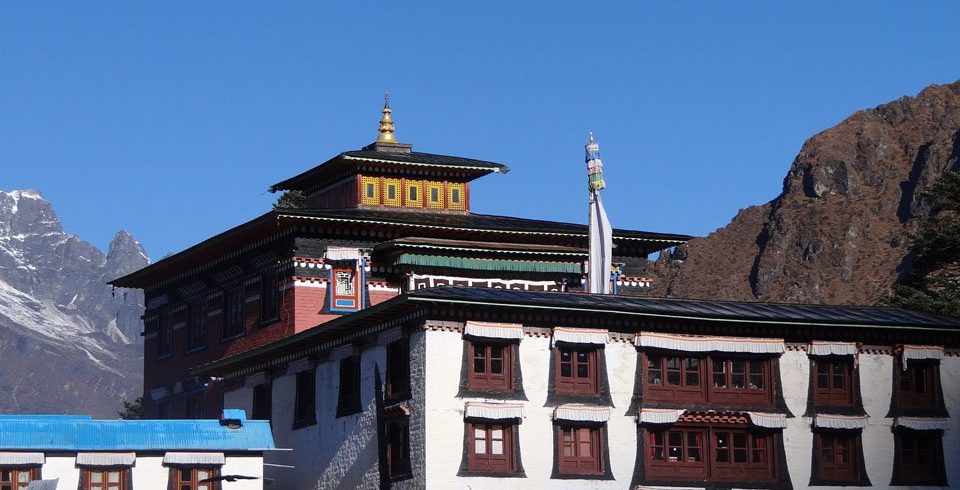Budget Manaslu Circuit Trek is low budget trekking package in Manaslu region. This trekking is getting popular day by day as an alternative of Annapurna Circuit trekking. Trek to Manaslu in budget option provides the view of Mt. Manaslu which is eighth highest mountain in the world (8,163mtrs), Shringi Himal, Himalchuli, Nagdi Chuli, Ganesh Himal, Simnang Himal, Saula Himal, Himlung Himal and other hundreds of beautiful peaks.
Overview
Budget Manaslu Circuit Trek basically is an adventurous classic trek to the untouched region of Nepal. Manaslu circuit trek is one of the most popular and spectacular trekking destination which is situated on the west-central part of the Himalayan region of Nepal. The Manaslu Circuit Trek provides the view of Mt. Manaslu which is eighth highest mountain in the world (8,163mtrs), Shringi Himal, Himalchuli, Nagdi Chuli, Ganesh Himal, Simnang Himal, Saula Himal, Cheo Himal, Him lung Himal and other hundreds of beautiful peaks.
Budget Manaslu circuit trekking is Government controlled trekking region and need extra permission to organize trekking in this region of Nepal. Trekking in Manaslu region is only possible with government register trekking agencies and requires of at least two people for trekking. This entire region is still restricted area and requires a special permit. The main attraction of this trek around Manaslu region are most challenging and virginity of the trail including authentic Nepali, Tibetan culture and hospitality, influenced ethnic encounters, traditional cultures, breathtaking views of mountains, snow-capped peaks, Buddhist monasteries, architecture, long ridges valley, beautiful suspension bridges, the adventure pass Larkya-La (5,135m), dense forest of rhododendron and oak, abundant wildlife such as rare red panda, snow leopard, grey wolf, musk deer, blue sheep, Himalayan thar, wild boar, etc, splendid waterfalls, glaciers, flora and fauna, natural landscape, magical combination of adventure, biodiversity, and so on.
Our especial Budget Manaslu Circuit Trek is a complete wilderness adventure destinations and it will be an experience for a lifetime, exploring the remoteness for certain time period. It is also known as the best alternative trekking destination to the Annapurna trekking region and Everest trekking region. Manaslu Circuit Trek is also known as tea house trek. This trek can be planned any time of the year; however March – May and August – November are more supportive in terms of weather, visibility and trail. Trekkers can see the majestic view of both Manaslu and Annapurna region in this single trek as well interested trekkers can visit Tsum Valley for the Tibetan Buddhism cultural trek. The trek is very moderate so doesn’t demand advanced physical fitness level to the traveler. Knowledge of trails, challenging climates passing through the high altitudes may support the traveler in higher elevation during trek.
The Manaslu Circuit Trek journey usually begins by sight-seen of UNESCO World Heritage Sites in Kathmandu. The trek starts with a scenic drive from Kathmandu to Sotikhola via Arughat which approximately takes the full day. The route begins from Sotikhola, passing through the George of the Budi-Gandaki River with the majestic view of Manaslu with a well-defined path unique landscape. Then we trek through Machhakhola, Dobhan, Philim, Lokpa, Chumling and many other cultural villages. During the trek, we will be walking through long ridges valley, dense forest of rhododendron and oak, and crossing many suspension bridges. Then we will be arriving at Deng, which starts to give us appearances of snow peaks. Giving continuity to trekking, we will reach to Namrung village where it’s popular as amazing viewpoint for Ganesh Himal and Mt. Himalchuli.
After traveling through Lho village, we will enter the Nupri region, inhabited primarily by Tibetan immigrants. The colorful prayer flags, old monasteries, life style are some iconic images of Tibetan culture and religious practice. Trekking a bit further, we will arrive at the highest village in Budi-Gandaki valley; the Samagaon village. We will acclimatize at Samagaun village and interested trekkers can explore to Birendra Tal, Pungyen Gompa as well as Manaslu Base Camp. Then following day we continue our trek, heading towards Samdo followed by Larkya Phedi and Dharmasala. After passing through Dharmasala, we will begin our interesting parts of Manaslu circuit trek to climb Larkya-La Pass (5,106 m) to see the view stunning panoramic view of Mountain around you as well eventually reaching Bhimthang then to Gho. Further moving to Dharapani we will pass through fields and villages, following the Annapurna Circuit trek in another hand. On the last day, we will drive back to Besisahar then drive back to Kathmandu.
If trekkers wants to be the part of the remote, untouched, adventurous and less explored trekking destination in Nepal, Life Himalaya trekking will recommend Budget Manaslu Circuit Trek; where trekkers can get all necessary elements in our one special trekking package. This package can also be flexible with the itinerary and can adjust many more details according to your demand, availability, and timing.




